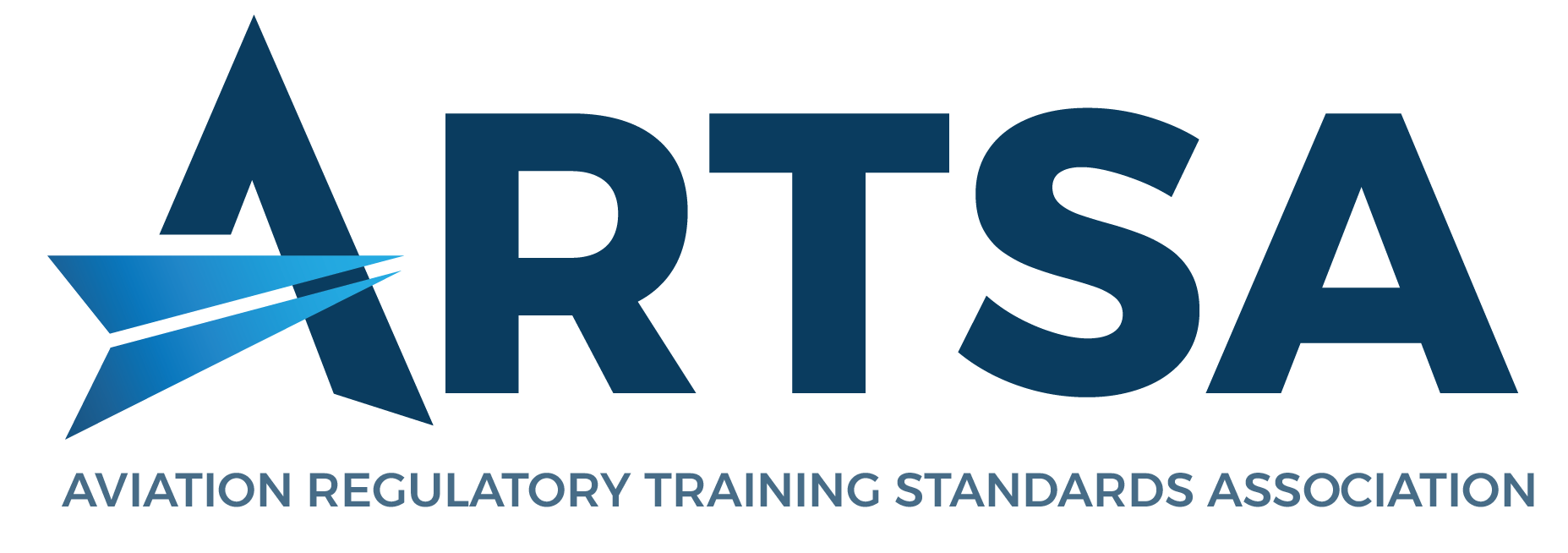
Presented by ARTSA.aero
The Aviation Regulatory Training Standards Association (ARTSA) is a non-profit organization that unites European Union Aviation Safety Agency (EASA)-compliant regulatory training organizations worldwide.
Based in Sofia, Bulgaria, ARTSA aims to enhance the quality of regulatory aviation training by introducing, promoting, and maintaining uniform standards.
Information & Cyber Security face a Growing Threat throughout the Aviation Industry
As aviation continues to advance technologically, the need for robust Information and Cyber Security (ICS) training has never been more critical.
· The aviation industry is increasingly reliant on digital platforms, making it a prime target for cyber threats.
· Ensuring effective ICS training for aviation staff presents several challenges that must be addressed.
Key Challenges in ICS Training for Aviation
· Diverse Workforce with Varied Cybersecurity Awareness
o Aviation organizations employ personnel across different functions & each group has varying levels of exposure to digital systems and differing cybersecurity awareness levels.
o One-size-fits-all training does not work, making tailored learning essential but also more complex to implement.
· Balancing Security with Operational Efficiency
o Cybersecurity protocols can sometimes be seen as an impediment to efficiency.
o If security measures are too restrictive or training is perceived as excessive, staff may bypass security protocols, increasing vulnerability to cyber incidents.
· Rapidly Evolving Threat Landscape
o Cyber threats typically evolve far faster than traditional aviation regulations and training frameworks.
o New hacking techniques, phishing attacks, and insider threats mean that training content must be regularly updated. However, maintaining an up-to-date cybersecurity curriculum in aviation training programs requires constant investment in resources.
Regulatory Complexity and Compliance
o The Network and Information Systems Directive 2 (NIS 2 Directive) is a European Union legislative framework designed to enhance cybersecurity across the EU by establishing a high common level of security for network and information systems.
o NIS 2 expands upon the original NIS Directive, broadening its scope and strengthening requirements to better address evolving cyber threats.
o Under NIS 2, essential and important entities must adopt appropriate and proportionate technical, operational, and organizational measures to manage cybersecurity risks.
o The entire aviation sector operates under strict regulatory frameworks, including EASA, FAA, ICAO, and IATA cybersecurity guidance.
o While these frameworks help standardize security practices, they also pose challenges in aligning cybersecurity training with evolving compliance requirements.
Important Note: Organizations must ensure that training programs are both regulatory-compliant and practically applicable to daily operations.
Limited Engagement and Retention of Training
o Traditional cybersecurity training often relies on passive learning methods, which can lead to poor retention rates.
o Many aviation staff prefer hands-on, scenario-based training. simulated cyber-attack drills, and real-world case studies can improve engagement and retention but require additional investment.
Addressing These Challenges – A Path Forward
· Customized Training for Different Roles – Develop tailored programs for pilots, engineers, operational staff, and management, focusing on real-world cyber risks relevant to their functions.
· Emphasizing the Human Factor – Many cyber incidents occur due to human error. Implementing regular phishing awareness tests, password hygiene workshops, and secure data handling practices can build a stronger security culture.
· Blending Theory with Practice – Move beyond passive learning and incorporate live cyber threat simulations and response drills into training programs to reinforce best practices.
Final Thoughts
The aviation industry must view Information and Cyber Security Training as an essential risk mitigation strategy rather than a regulatory obligation. By adopting engaging, practical, and role-specific training, organizations can enhance their resilience against cyber threats and ensure the protection of critical aviation systems.
What are your thoughts on the most effective strategies for aviation cybersecurity training? Have you encountered challenges in delivering effective ICS training? Let’s discuss.
